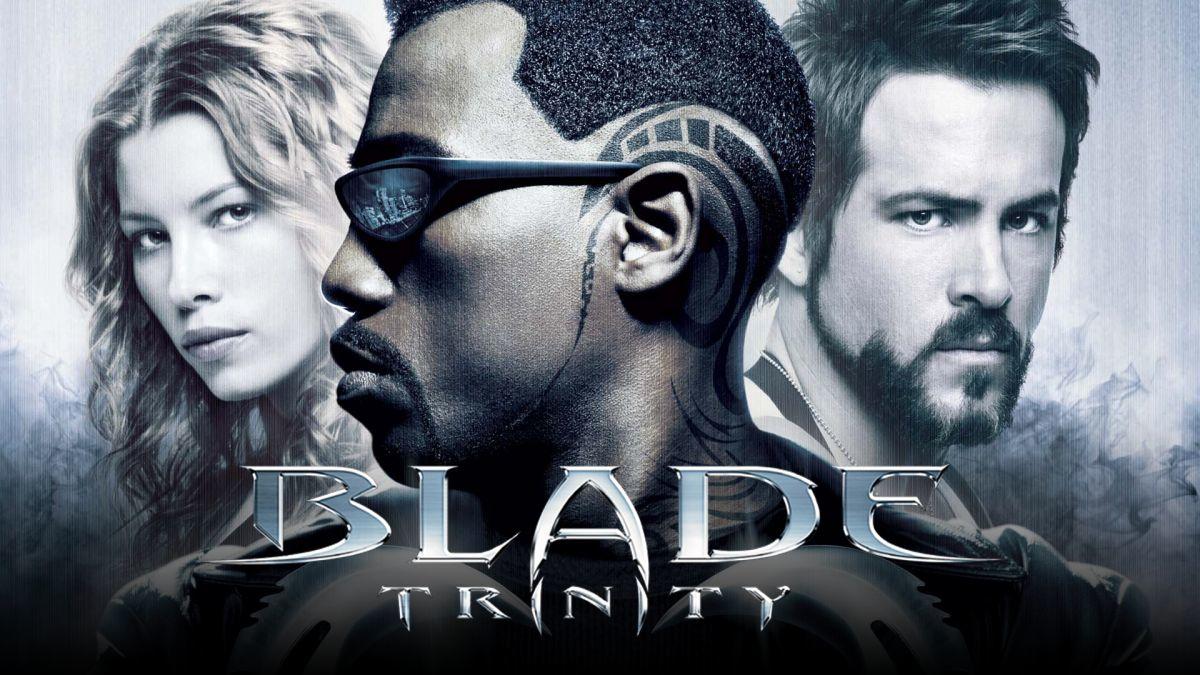DC Previews BATMAN: EARTH ONE, SUPERMAN: EARTH ONE VOL. 2
With 2012 just barely underway, and Marvel bringing out their Avengers vs. X-Men announcements in [...]

With 2012 just barely underway, and Marvel bringing out their Avengers vs. X-Men announcements in hopes of grabbing and retaining the spotlight that DC hogged for the second half of 2011, it was only a matter of time before the folks at 1700 Broadway retaliated. And they have--with previews of this year's forthcoming Batman: Earth One and Superman: Earth One, Volume 2 original hardcover graphic novels. At this year's New York Comic Con, artist Shane Davis showed the packed auditorium for the DC All Access: Superman panel several slides from his upcoming hardcover original graphic novel, Superman: Earth One, Volume 2. A sequel to the New York Times-bestselling graphic novel from last year, the second volume retained everyone from writer J. Michael Straczynski and Davis on down through the creative team, and will feature a Superman who is not only getting used to living with his powers (as he was in the first book) but also with the role he takes on in the world as a result of being the first superhero. DC refers to the comic as "Superman for the Twilight set," something that only a tone-deaf corporate PR flak could say. The creators themselves are a bit more in touch with the readership.

"Thematically, if Volume One was about Clark figuring out where he belongs, then Volume Two is about Superman trying to figure out where he belongs in all this, even as the world does the same at their end," Straczynski said on DC's blog The Source. "How far can he push his power before he becomes something other than what he intended to become?" The writer went on to elaborate on various other aspects of the Superman mythology he hopes to explore in the title, which will feature Superman battling against The Parasite. Also on The Source, Davis talked a little bit about his approach to redesigning The Parasite and the Earth One style of combat he put Superman through in the novel. "I decided to develop [The Parasite] in stages as the fights progress throughout the book. There are three stages of evolution: going from frail to the strongest villain Superman has ever faced," Davis explained. "Earth One Parasite is one of the most complicated and disgustingly beautiful characters I have ever designed! I came at Volume Two in more of a movie sense, choreographing the fight scenes differently from one another, adding a little more muscle to Superman this time around as he is a practicing superhero, while drawing the 'Geek' Clark Kent, who loves a sweater! I always kept the old in mind while bringing in the new." That last bit isn't surprising, I suppose, from the man whose take on Superman at NYCC was "real men wear their underwear on the outside."

While Davis's young, sleek, "emo" take on Superman alienated some fans when it first debuted a couple of years ago, there's little chance that Gary Frank, the artist of Batman: Earth One, will take similar flak. Where he might have some trouble, though, is with Alfred. While Bruce Wayne looks more traditional than Davis's Clark Kent, Batman's constant companion and gentleman's gentleman looks less like the stately butler fans have come to expect over the years and more like somebody who might be the killer on an episode of Bones. Other than that, though, the preview pages appear more or less like you would expect them to coming out of Frank. A regular collaborator with Geoff Johns, who is taking the Earth One line as an opportunity to write his first solo Batman story and really run with it, Frank seems a safe, conservative choice compared to Davis in much the same way that Johns feels like much more of a nod to the direct market, Silver Age-pandering direction of DC than does Straczynski. "Gary and I are tackling Batman from the beginning, before he knows what he's doing and with a very different ultimate goal in mind," said Johns at The Source. "He's never left Gotham. And our Gotham and the people in it are very gray. Our heroes unlikely. Our villains hidden. Our story is only beginning with volume one."

The notion of a Batman that never left Gotham is one that flies in the face of decades of comics conventional wisdom at this point. At least since Frank Miller's best-selling Batman: Year One, the Dark Knight has been depicted as having gathered his skills by using his dead parents' fortune to travel the globe studying under masters of various forms of combat. It's Miller's vision of Batman that colored both the Tim Burton and Christopher Nolan Batman films, and Batman: Year One's training philosophy in particular made up the bulk of Nolan's Batman Begins. Stuck alone in Gotham it seems like that Johns--who has a soft spot for, and a history with, the Justice Society of America, may play up Bruce Wayne's relationship with Gotham-based heavyweight fighter Ted "Wildcat" Grant. Still, the creators say, this early iteration of Batman is nowhere close to considering himself a superhero. "It's essentially the first piece of the jigsaw," Frank told The Source. "He's not the Batman people know, but he might be one day. He's certainly not yet a superhero. The fun is to watch him piece the persona together drawing on his experiences and the influences of those around him and, at this stage, the idea of becoming a 'superhero' hasn't even entered his head."

Perhaps most interesting to a generation of fans who have grown up with the Batman of Grant Morrison's JLA (one who could do literally anything given a little prep time), DC's blog refers to the Earth One iteration of the character as "a flawed and fallible hero who isn't yet the master of Gotham City's shadows." Certainly there were shades of that in Batman: Year One and Batman Begins, but that era of the character's history has often been ignored or overlooked as it became little but a building block to making him the Batman we know. Even the recent attempt at examining Batman's early career--Miller and Jim Lee's All-Star Batman and Robin the Boy Wonder--started from the premise that Batman was a terrifying urban legend, and didn't examine how he had to actually build that myth. Telling a long-form story set during that period of his career could be fascinating. Even if Alfred Pennyworth looks like an Armenian arms smuggler.




